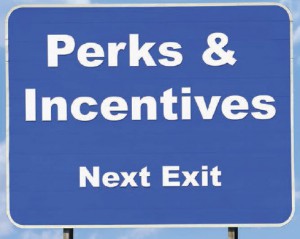
Engage and Motivate
 Give your customers a reason to come back again and again
Give your customers a reason to come back again and again
Personalized sales letters can be powerful tools, but effective personalization takes more than good data. It takes understanding your target audience and having the right messaging to motivate them. What happens if you don’t? One automotive dealership found out. Nothing!
The dealership started out with a great idea. It wanted to re-engage customers who had not visited its service department in awhile. It had detailed data on these customers, including make and model of car, date of last service, and type of work done.
Instead of using this information to draw the customer back, however, the dealership opened the letter with the person’s name, followed by:
I notice you haven’t visited [dealership] for service in over a year. I wanted to let you know about the Special Pricing Program going on. . . . As a valued customer, you qualify for Special Pricing and could save thousands on your next purchase at [dealership].
Did you do a double-take? The recipient likely did, too.
There is a reason people stop taking their cars to a repair center. What was it here? We might have expected the dealership to use this letter to try to re-engage these customers and address their concerns. It was the perfect opportunity to try to rebuild relationship.
The letter might have said, “Come back and take advantage of our flexible service hours!” Or, “Did you know we offer a price-match guarantee?” Knowing the make and model of customers’ vehicles, the dealership could have provided information of real value. “Tune up your Honda Pilot now and prevent disaster later!” “Did you know that rotating the tires on your Chevy Equinox can make you safer on the road?” It might have used a personalized URL survey to find out why the customer disengaged.
Instead, the dealership focused on itself rather than on the customer.
Compounding the error, the promotional offer didn’t match the letter. Considering the audience, a discount on the customer’s next service call might have been more appropriate. If the location wanted to sell new vehicles, it could have targeted high-frequency customers instead. “Hey Bob, you’ve brought your Ford Bronco in for service six times in the past eight months. Is it time for a new ride?”
Don’t make the same mistakes this marketer did. When sending personalized letters, have a clear goal, a solid understanding of what motivates your customers, and a strategy for using your data in an effective way.







